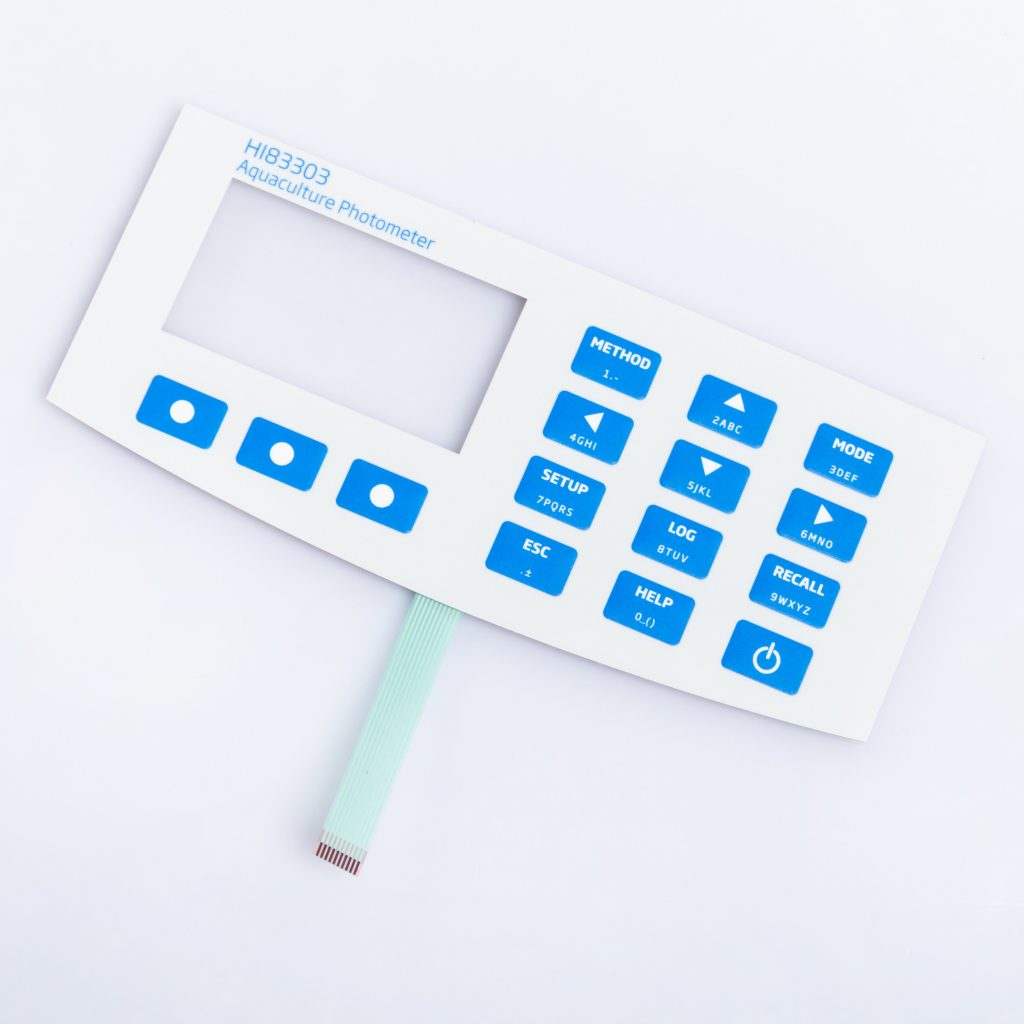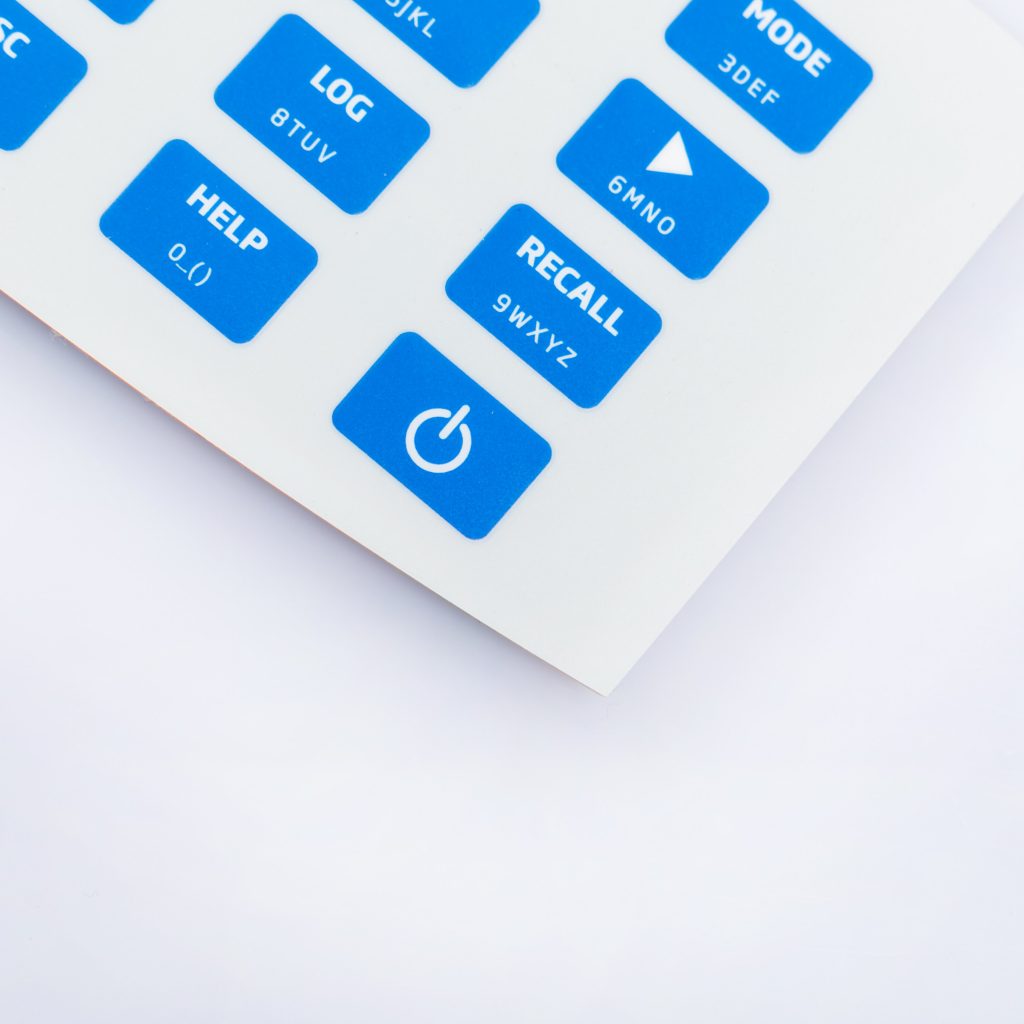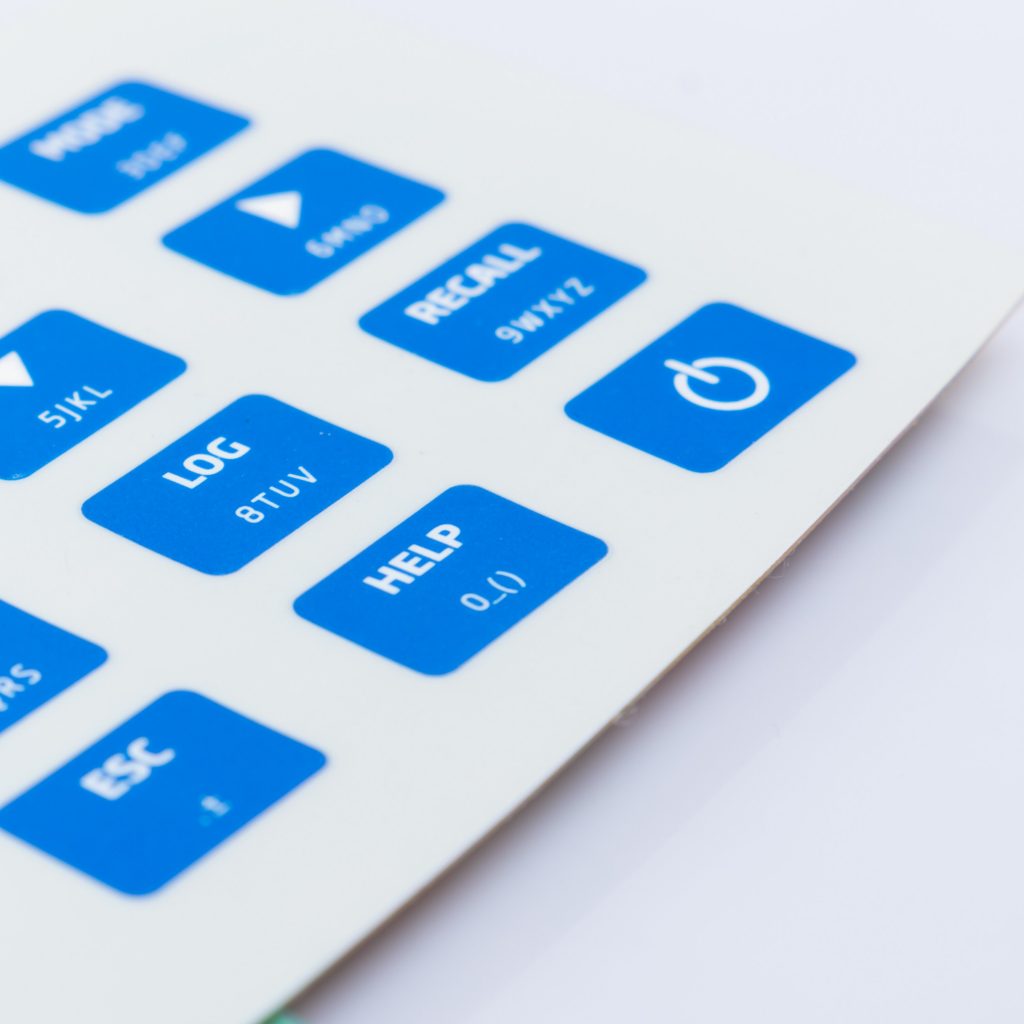Contact
Write to Us And We Would Be Happy to Advise You.
Do you have any questions, or would you like to speak directly with a representative?
By hqt
In the world of electronics and technology, non-tactile switch membrane switches play a vital role in various devices. These switches are designed to provide a seamless interface for users to interact with electronic equipment, but how can one ensure that they are functioning as intended? In this article, we will delve into the intricacies of non-tactile switch membrane switches, discussing the methods to determine their functionality, and highlighting their durability and material advantages.



Before we dive into the assessment of their functionality, let’s first understand what non-tactile switch membrane switches are and how they work.
Non-tactile switch membrane switches, often simply referred to as membrane switches, are thin, flexible electronic switches that consist of multiple layers of materials. These switches are commonly used in devices such as remote controls, microwave ovens, and medical equipment, where a responsive interface is required.
The functionality of these switches relies on the principle of capacitance. When a user applies pressure to a specific area of the membrane, it causes a change in capacitance, which is detected by the underlying circuitry. This change is then interpreted as a command, allowing the device to respond accordingly.
One of the key advantages of non-tactile switch membrane switches is their longevity and material superiority.
Non-tactile membrane switches generally have an extended lifespan, often approaching several million actuations. This impressive longevity is achieved by eliminating the need for protruding components such as Metal Domes, which typically have a lifespan of around one million cycles. Moreover, the absence of protrusions prevents the material from stretching and potentially causing fractures, ensuring the switch’s extended durability.
When it comes to material selection for membrane switches, PET (Polyethylene Terephthalate) is often preferred over PC (Polycarbonate). The primary reason for this choice is PET’s superior flexibility and stretchability compared to PC. PET can better withstand the repetitive flexing and pressing that membrane switches undergo, making it a preferred material for their construction.
Now that we have a basic understanding of non-tactile switch membrane switches, let’s explore the methods to determine whether they are functioning correctly.
One of the initial steps in assessing functionality is a visual inspection of the membrane switch. Look for any visible signs of wear and tear, such as cracks, scratches, or damage to the overlay. These physical issues can often indicate problems with functionality.
While non-tactile switches do not provide physical feedback like mechanical switches, they should still provide a perceptible response when pressed. If you notice that the switch does not respond or feels inconsistent, it may be a sign of malfunction.
To conduct a more comprehensive evaluation, you can perform electrical testing on the switch. Using a multimeter or specialized testing equipment, check for continuity across the switch contacts. Any interruption in electrical flow could suggest a malfunction.
In addition to electrical testing, it’s essential to assess the switch’s functional performance. Test each button or area of the membrane for responsiveness. Ensure that the device accurately registers each command.
Non-tactile switch membrane switches can be sensitive to environmental factors such as temperature and humidity. Make sure that the operating conditions are within the manufacturer’s specified range to prevent functionality issues.
Apart from the methods mentioned above, there are other ways to determine the functionality of non-tactile membrane switches:
Check if the LEDs on the membrane switch are operating correctly. LED indicators are commonly used to provide visual feedback, and their proper functioning is essential.
Listen for different sounds from the membrane switch. Some switches may incorporate a buzzer or sound generator to provide audible feedback when pressed.
Observe whether the connected display or interface undergoes any visible changes when using the membrane switch. These changes can include screen updates or menu navigation.
In conclusion, non-tactile switch membrane switches are essential components in many electronic devices. To ensure their proper functionality, regular inspection, tactile feedback assessment, electrical testing, functional testing, and consideration of environmental conditions are crucial. By following these steps and considering the durability and material advantages, you can maintain the effectiveness of membrane switches in your electronic devices.
Yes, membrane switches are known for their durability and can withstand millions of actuations when properly maintained.
In some cases, membrane switches can be repaired, but it’s often more cost-effective to replace them, especially in mass-produced devices.
Non-tactile switches can be used outdoors, but their performance may be affected by extreme weather conditions. It’s essential to protect them from moisture and temperature extremes.
Non-tactile switches are often more cost-effective, provide a sleek design, and are quieter compared to mechanical switches.
To prevent damage, avoid using excessive force when pressing the switches, and keep the devices in a clean and dry environment.
Do you have any questions, or would you like to speak directly with a representative?